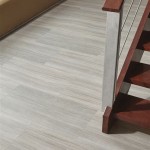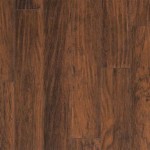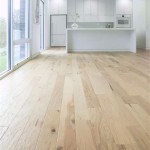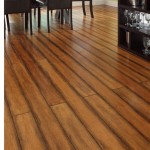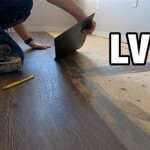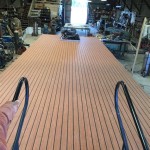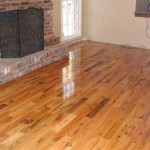The Essential Aspects of Nailing Wooden Flooring
Installing wooden flooring requires precision and attention to detail. Nailing is a crucial step in the process, ensuring the flooring's stability and longevity. Here are the essential aspects you need to master for a flawless nailing job:
Type of Nailed Flooring: There are two main types of nailed wooden flooring: solid hardwood flooring and engineered hardwood flooring. Solid hardwood flooring consists of solid planks of wood, while engineered hardwood flooring is a composite made of a plywood or fiberboard core with a thin veneer of real wood.
Nail Choice: The type of nails you use will depend on the flooring type and subfloor material. Solid hardwood flooring typically requires ring-shank or spiral-shank nails, while engineered hardwood flooring can use smooth-shank or barbed nails. The subfloor determines the appropriate nail length; for example, a 1/2-inch subfloor may require 1 1/4-inch nails.
Nail Gun: A nail gun significantly simplifies the nailing process, ensuring consistent nail depth and spacing. Choose a nail gun compatible with your nail type and flooring. Electric, pneumatic, and cordless nail guns are available, with cordless options providing greater mobility.
Nailing Angle: Toenailing, also known as angling, is the recommended nailing technique for wooden flooring. This involves driving the nail at an angle of 45 degrees into the flooring's tongue or groove, ensuring a strong hold without splitting the wood.
Nail Spacing: The nail spacing along the edges and in the field (center of the plank) varies depending on the flooring type and manufacturer's instructions. Generally, for solid hardwood flooring, nails should be spaced 6-8 inches apart along the edges and 10-12 inches apart in the field. For engineered hardwood flooring, spacing may be slightly closer.
Nailing Depth: The nail head should be driven slightly below the surface of the flooring, leaving a small indentation. Over-nailing can damage the flooring, while under-nailing can compromise stability. Adjust the nail gun's depth setting or manually countersink the nails using a nail set.
Concealing Nails: Once the nails are in place, it's essential to conceal them for a polished finish. Professional floor installers typically use a nail punch to drive the nails deeper into the wood before filling the holes with a matching wood filler or putty. Allow the filler to dry and sand it flush with the surrounding surface.
Perfecting the art of nailing wooden flooring takes time and practice. By understanding these essential aspects, you can achieve a secure and visually appealing installation that will enhance the beauty and functionality of your home.

Floating Floor Vs Nail Down Slaughterbeck Floors Inc

How To Install Hardwood Flooring Young House Love

How To Install Hardwood Flooring Young House Love

Hardwood Nailed Over Ecowarm Radiantboard

Is Nail Down Installation The Best Unique Wood Floor

Which Method Should I Use To Install My Engineered Wood Floor Tesoro Woods

What Is Blind Nailing In Hardwood Floor Installations
The Elegance Of Hardwood Is Unparalleled As A Flooring Choice However If It S Not Installed Correctly Floor Squeaks Shrinkage Or Buckling Can Ruin Job Jlc
How To Tell My Hardwood Floor Is Attached Joists Below If There No Subfloor And Visible Nails Quora

Can You Glue Down Solid Wood Flooring Hardwood Guide Reallyfloors America S Est
Related Posts

